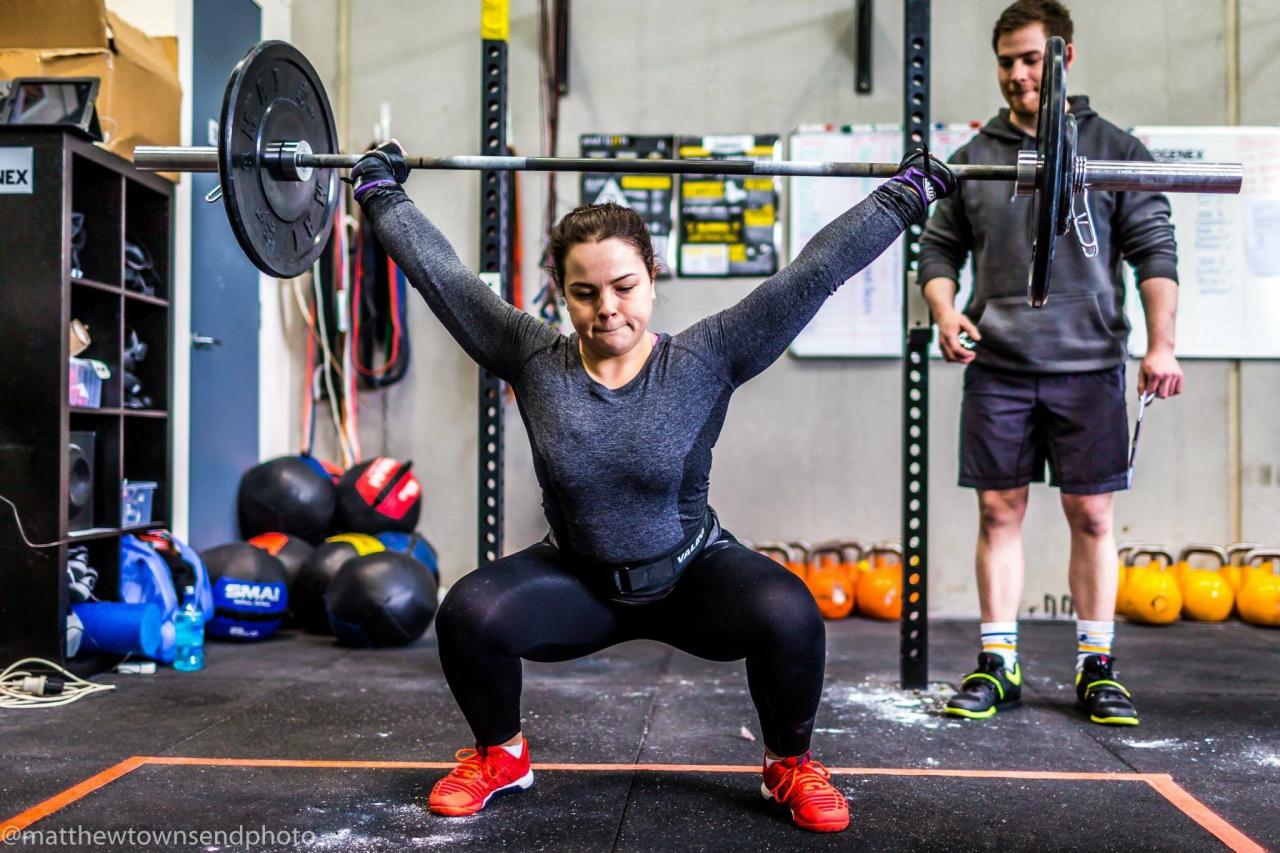# 1 – Metabolic Weight
Training Use resistance training as the cornerstone of your fat loss programming. Work each muscle group hard, often and at the right intensity, which creates a massive metabolic disorder that leaves the metabolism elevated for hours after exercise.
Numerous studies confirm this. Here are three of them:
Study # 1: Researchers used a training protocol of 12 sets in 31 minutes. During 38 hours after training, EPOC increased significantly. This is a significant time frame for an accelerated metabolism. If you exercise for an hour on Monday morning, you will still burn more calories (no exercise) at midnight on Tuesday.
Study # 2: Researchers divided overweight subjects into three groups: diet only, diet + aerobics, diet + aerobics + weights. The diet group lost 6.6 kg of excess fat in 12 weeks. The aerobic group lost only 0.45 kg more than the first diet-only group. Their workouts were carried out three times a week, starting at 30 minutes, and progressing to 50 minutes over 12 weeks. Nothing special.
But the weight training group lost 9.57 kg of excess fat. This is 44% and 35% more than in the dietary and aerobic group. The addition of aerobic exercise did not result in significant fat loss compared to diet alone. Thirty-six sessions up to 50 minutes long is a lot of work for one extra pound of excess fat loss. But the addition of strength training significantly accelerated the fat burning results.
Study # 3: Researchers had one group of people aerobics for four hours a week and another group 3 times a week. The training program of the second group consisted of 10 exercises, consisting of 2-4 sets of 8-15 repetitions. Both groups lost excess weight, but the resistance training group lost significantly more excess fat and did not lose lean body mass even at only 800 calories per day.
Note. The researchers made calories extremely low to remove dietary variables from the equation and compare the effects of exercise variation on lean body mass and metabolism. The strength training group actually increased their metabolism compared to the aerobic group in which it decreased. Resistance training is more productive stress for the body than a weight loss diet.

What do you need to do for metabolic resistance training?
Full body supersets, trisets, or circuit training format with “non-competitive” exercises create the highest metabolic demand. But it must be done in a rep range that produces lactic acid and pushes the lactate threshold.
Exercising the legs, back, and chest burns more calories and raises metabolism more than an isolated workout focused on one of them. The rep range that works best is the 8-12 hypertrophic range, although jumping higher will work just as well as in a less physically fit population.
For a powerlifter or advanced bodybuilder, doing a single maximum effort exercise or heavy lifting with low reps will be more than enough to maintain current strength levels.
Strength training examples
Powerlifter:
A. max effort squat, 3RM work;
B. transition to metabolic work.
Bodybuilder:
A1. bench press, 2-3 sets of 4-6 reps;
A2. Bent-over barbell row, 2-3 sets of 4-6 reps
B. transition to metabolic work.
# 2 – high-intensity anaerobic interval training
The second key in fat loss programming is High Intensity Interval Training (HIIT). It burns more calories than being stationary and significantly increases metabolism than other forms of cardio.
One study conducted 20 weeks of endurance training versus 15 weeks of interval training:
– energy cost of interval training = 28,661 calories.
Endurance workout energy cost = 13,614 calories (less than half)
The interval training group demonstrated nine times more subcutaneous fat loss than the endurance group (when calculating energy costs). Calorie for Calorie: The interval training group as a whole lost nine times the excess fat. Possibly EPOC, the upregulation of fat burning hormones, or G-Flux.

Even if the interval training group lost the same amount of fat as the endurance group, we have the same results in less time. This means that interval training is the best tool in your arsenal for losing excess fat.
# 3 – High Intensity Aerobic Interval Training
Don’t diminish the less intense aerobic interval training method.
One study examined intense aerobic interval training and its effect on fat oxidation. Seven sessions over two weeks produced a marked increase in the ability of the body and skeletal muscle to oxidize fatty acids during exercise in moderately active women. In a workout setting, interval work has been shown to “activate” fat-burning enzymes. This means that as a result of this inclusions, we can burn more fat in other activities.
# 4 – stationary high-intensity aerobic training
Tool number four is just hard cardio work: burning calories. You are not working hard enough to significantly increase the EPOC or to do anything outside of the session itself. But the calories burned will really add up. Burning several hundred calories a day will add up.
# 5 – steady state low-intensity activities
Walking in the park will not burn many calories, it will not increase your muscles, or EPOC. But, this also works. There isn’t a lot of research showing that low-intensity aerobic training actually leads to very high fat loss, but you will have to work hard to convince me that further movement is already beneficial when you are in attack mode.



